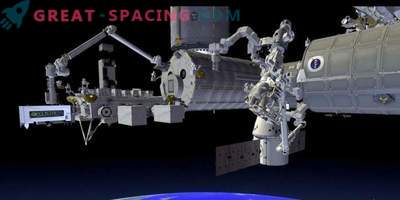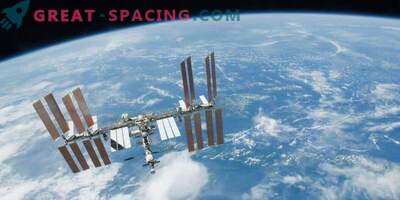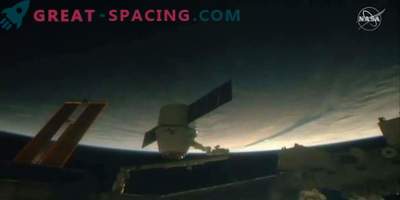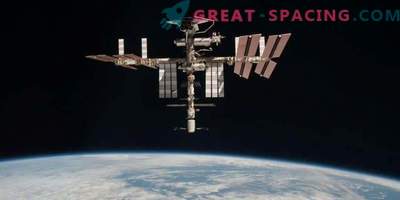
The Orbital ATK Antares rocket with the Cygnus spacecraft launches from Pad-0A on May 21, 2018. This is the 9th contract mission for NASA to deliver cargo to the ISS. On board are 7,400 pounds of research and development, supplies for the crew and equipment to the orbital laboratory.
Soon, the Cygnus spacecraft, launched on May 21, will arrive at the ISS, and the astronauts will start new experiments. The ship has 7,400 pounds of research equipment, and materials that will support more than 250 studies at the station.
Astronauts Scott Tingle and Richard Arnold use the station's robotic arm to grab Cygnus on arrival May 24th. Docking will be broadcast on NASA channel. Among the scientific instruments is Sextant Navigation, which will explore the use of a handheld sextant for emergency navigation through deep-space missions, as people intend to travel long distances. The ability to navigate the planets and stars will help the crew find their way home if the main computer fails.
Observing the health of astronauts and the biological environment of the station, as well as understanding the long-term consequences of space travel, influence NASA's final long-term and in-depth space research plans. The BEST project is the next step in advancing DNA sequencing technologies in space that can identify microbial organisms on the space station, and understand how microgravity affects the DNA of people, plants and microbes. BEST will use a process that sequentially aligns DNA from a sample with minimal preparation. The Cold Atom Lab (CAL) at Cygnus will help answer important questions. CAL creates a temperature 10 billion times colder than spatial vacuum, then uses lasers and magnetic forces to slow down atoms until they are almost static. Under microgravity conditions, the CAL space station can observe these ultra-cold atoms for much longer than is possible on Earth.
Also on the spacecraft are 3CubeSats, which will test the new technologies of Earth observation. RainCube - a miniature radar device that studies precipitation, and the first active radar tool, which is located on the CubeSat model. CubeRRT will study the technology of reducing radio frequency interference, which often occurs in devices used to study soil moisture, meteorology, climate and other properties of our planet. The TEMPEST-D booth will confirm the technology of miniature radiometers, which would allow CubeSats to be used to study storms and provide information in shorter time intervals.











































